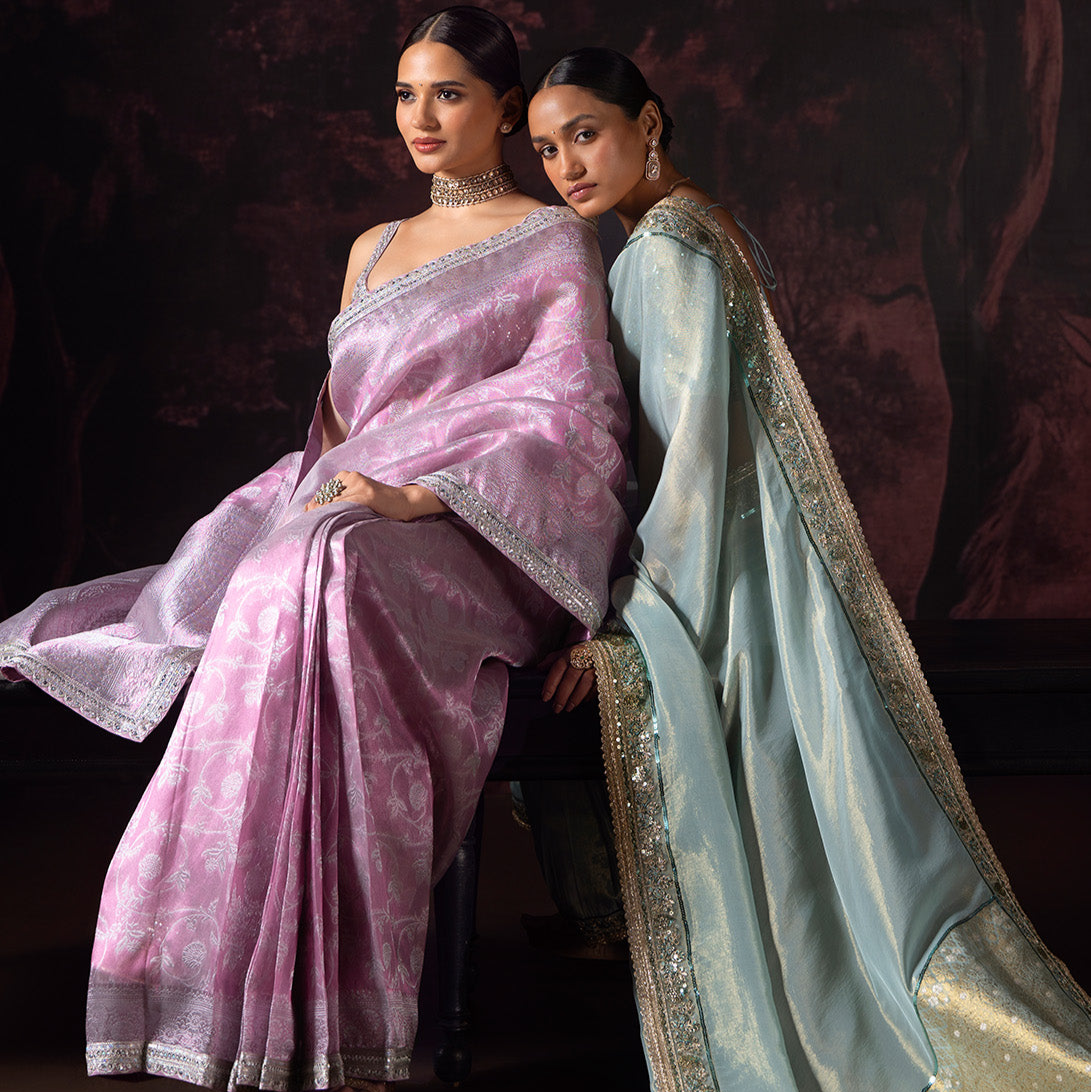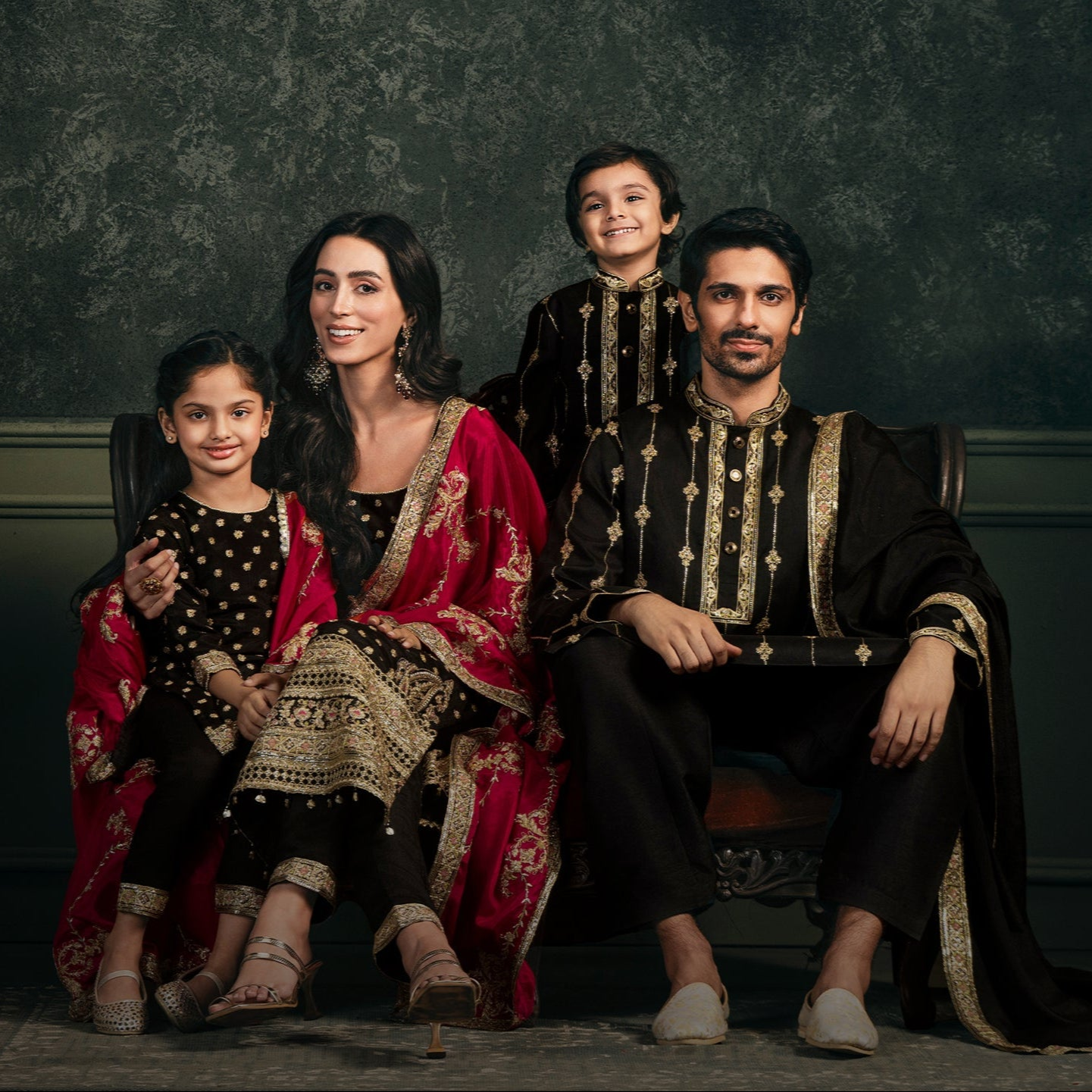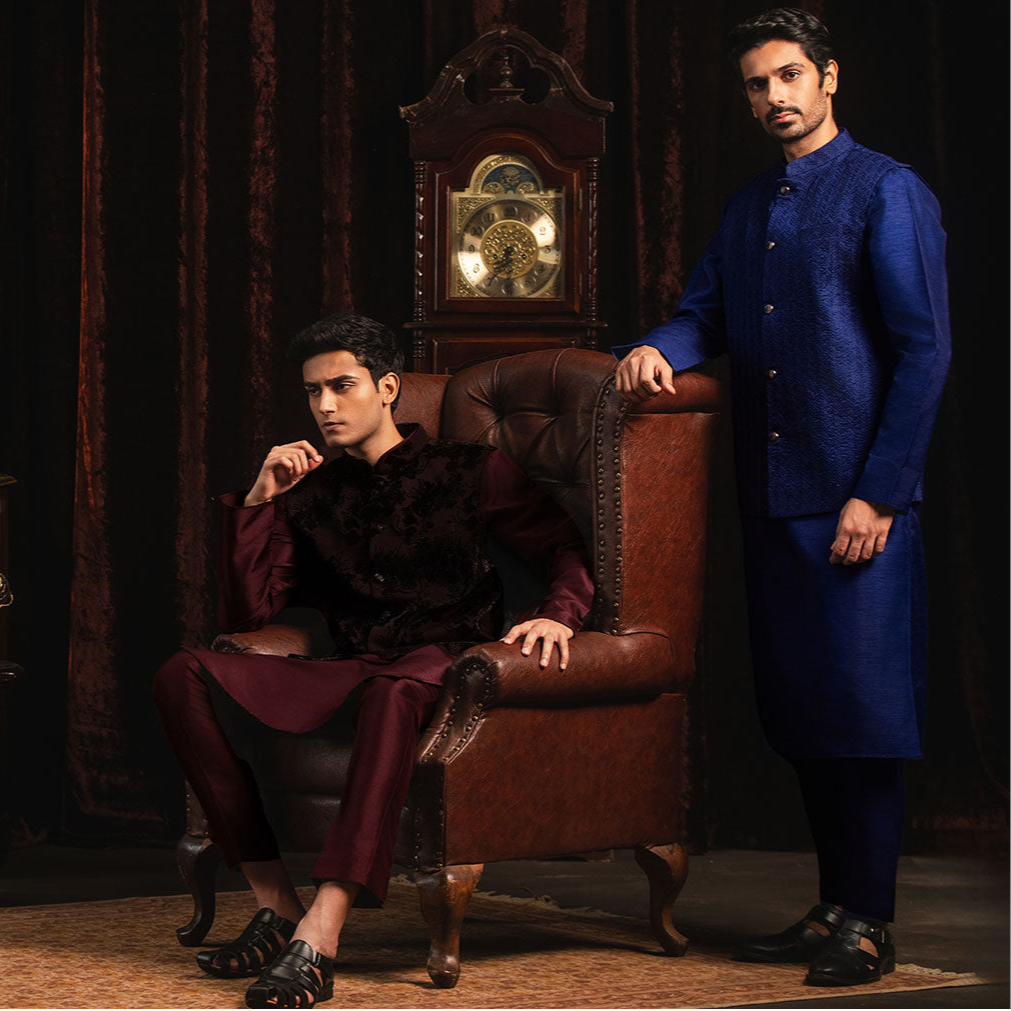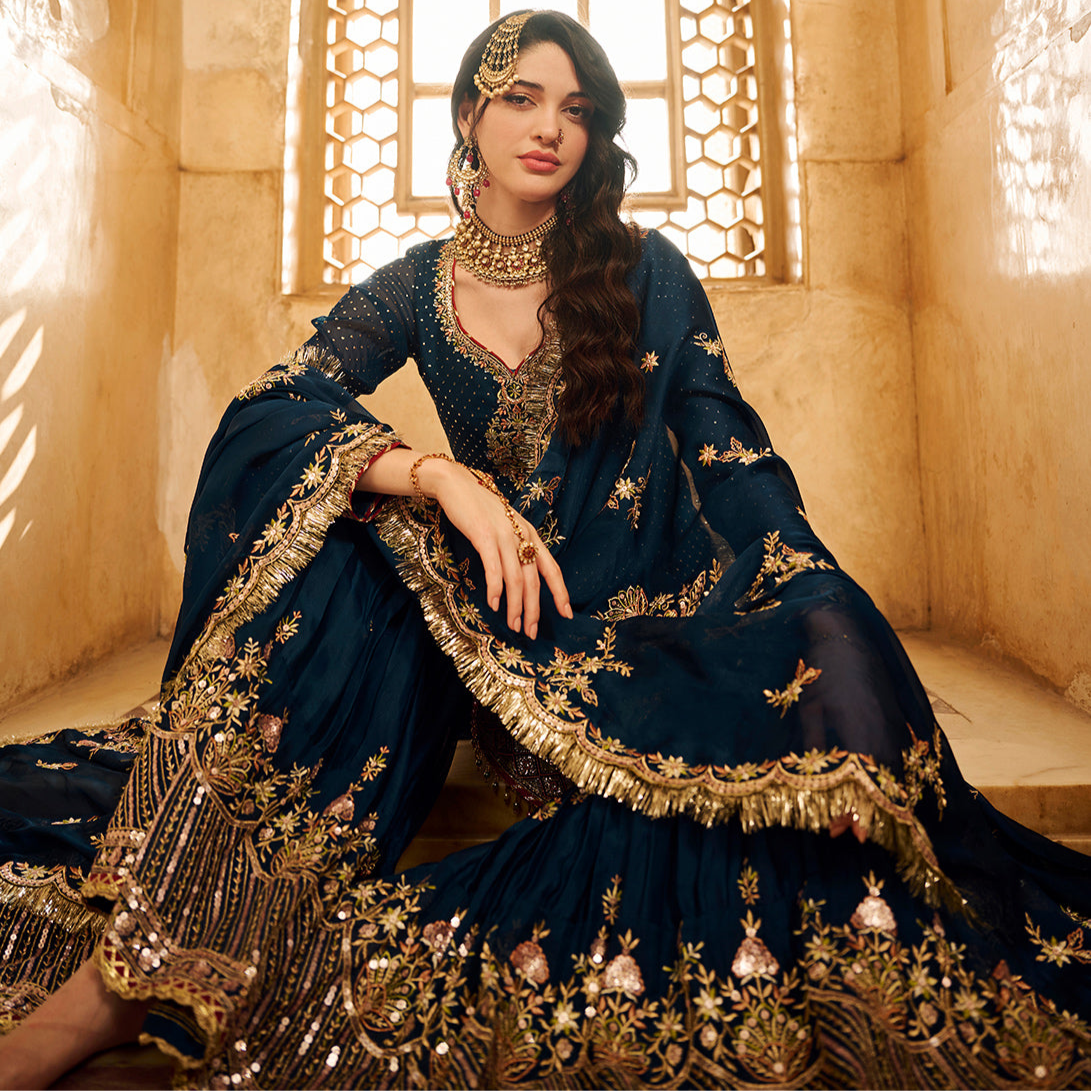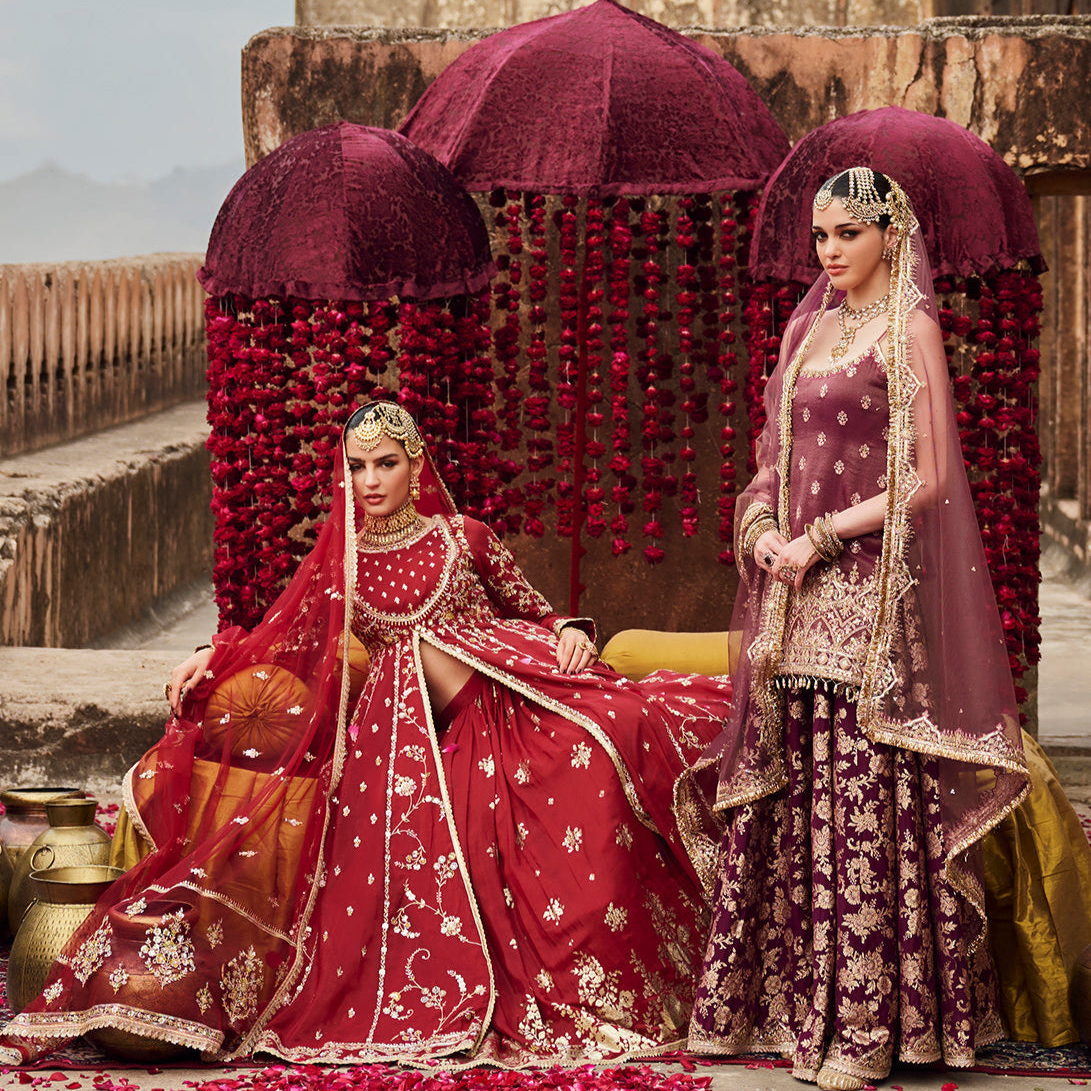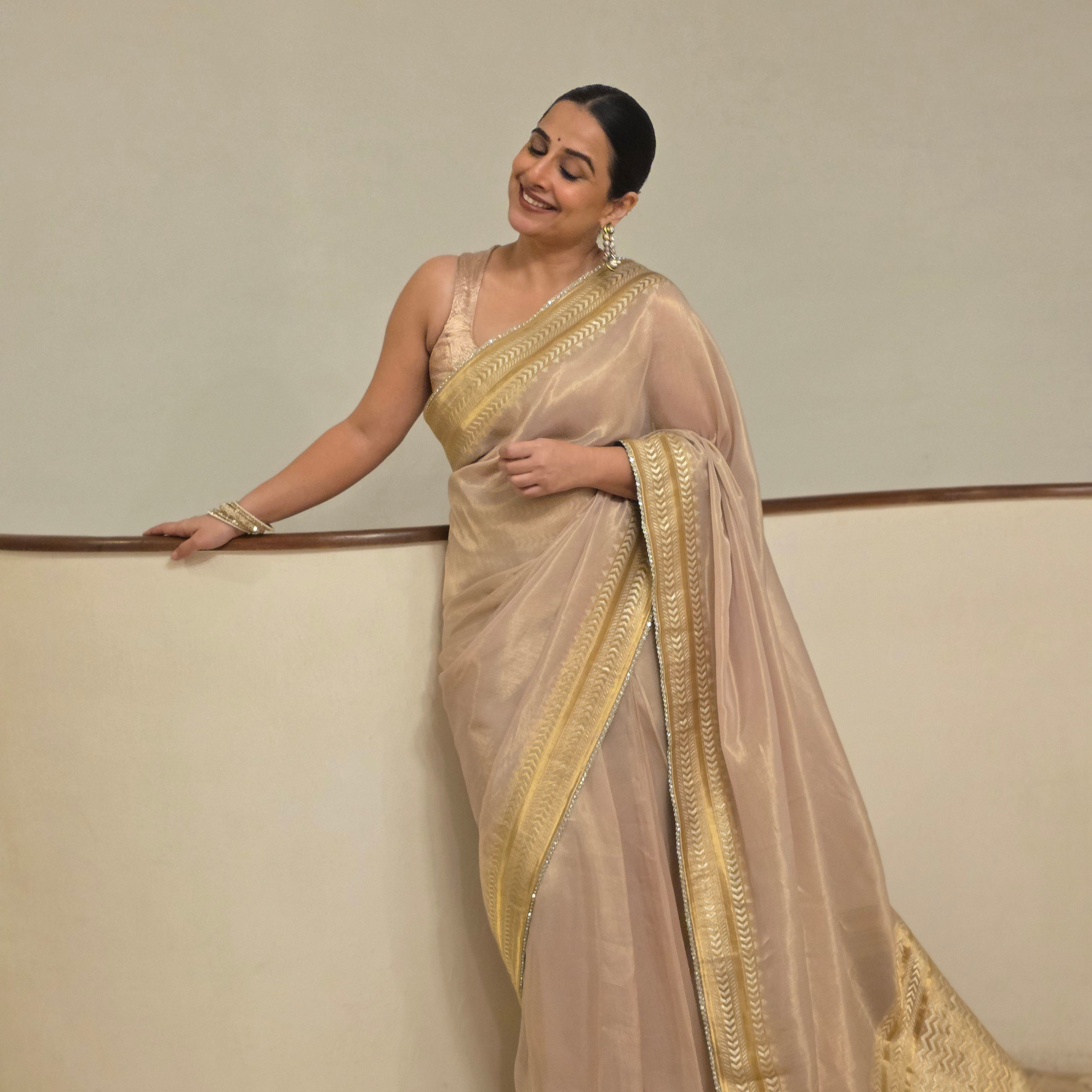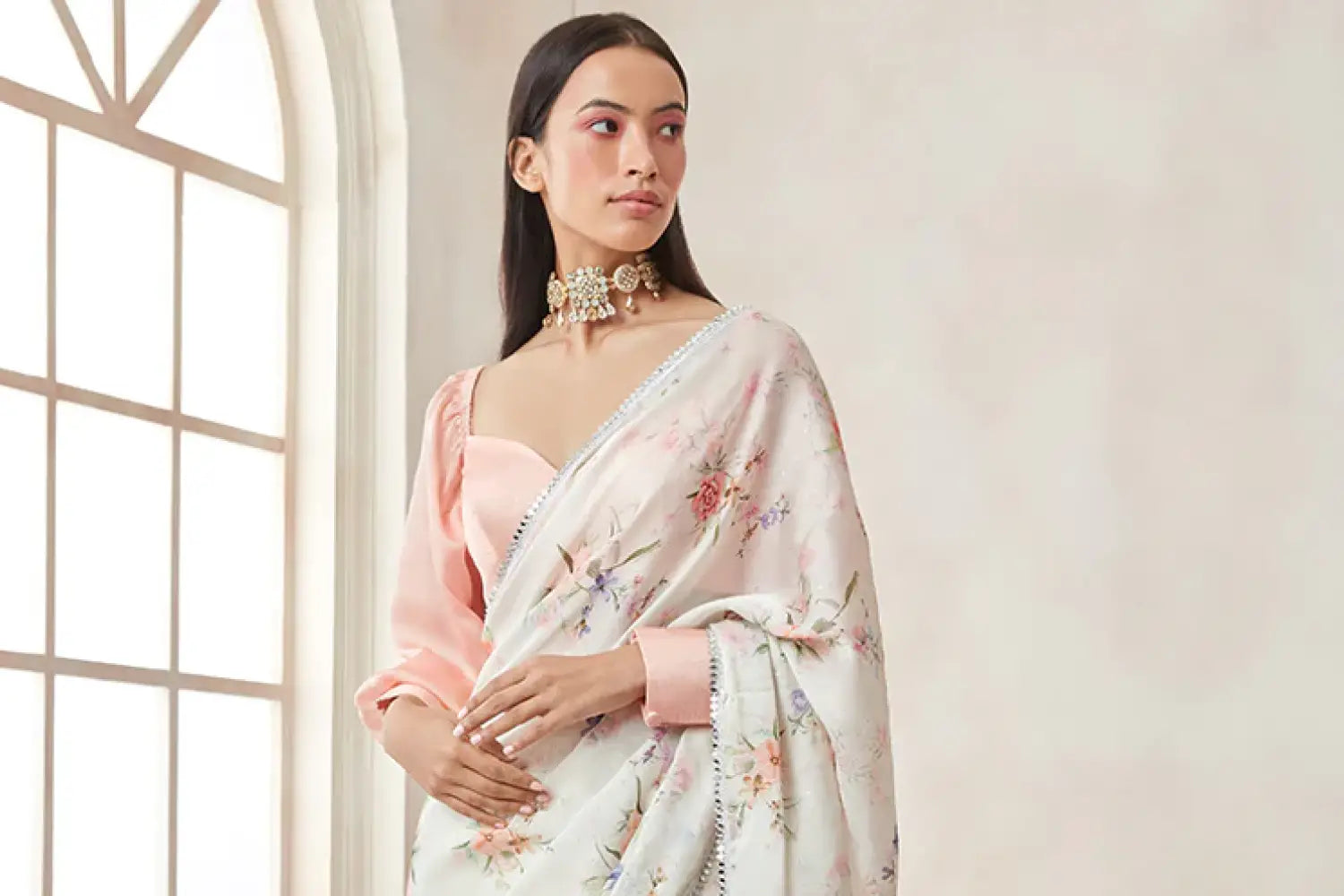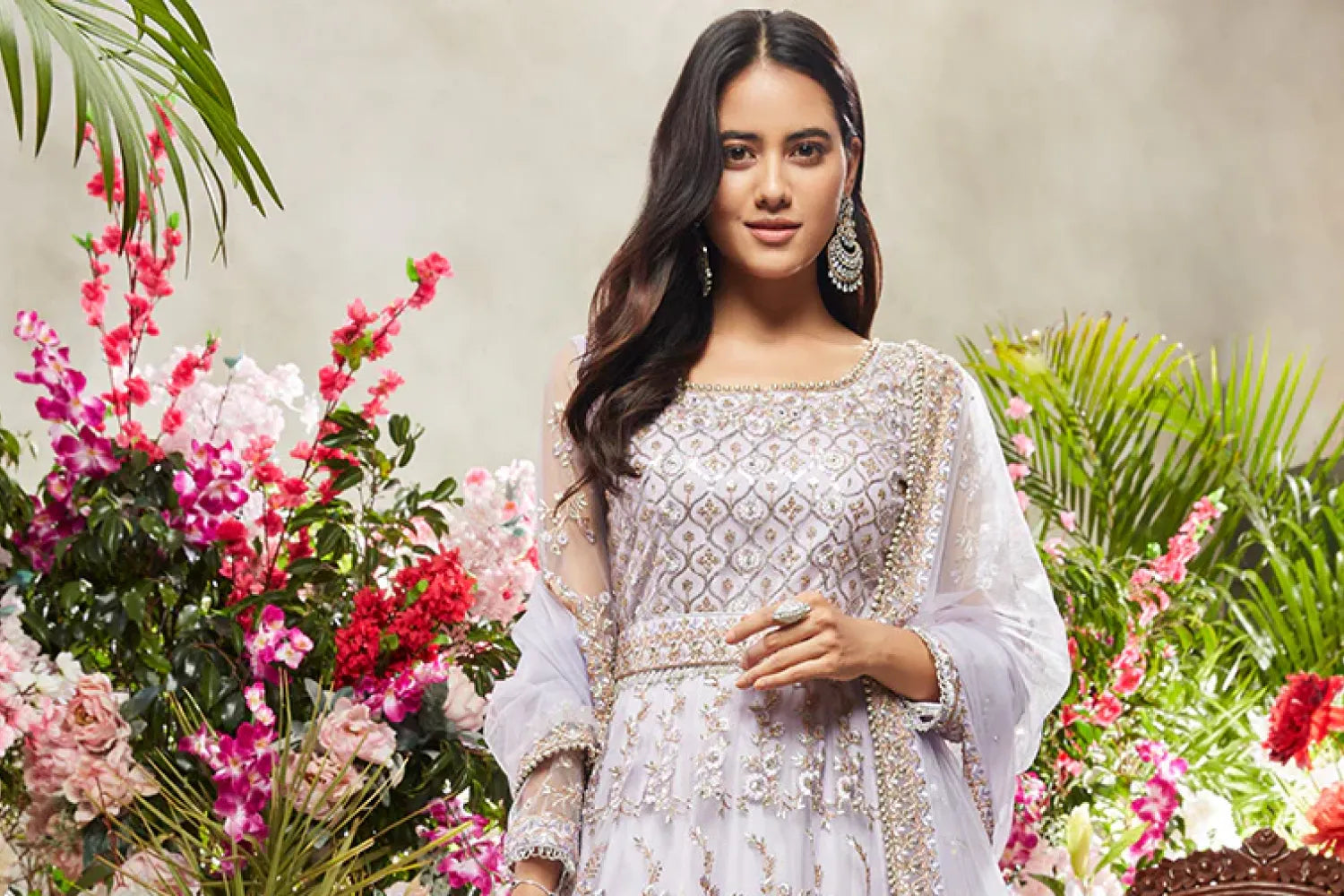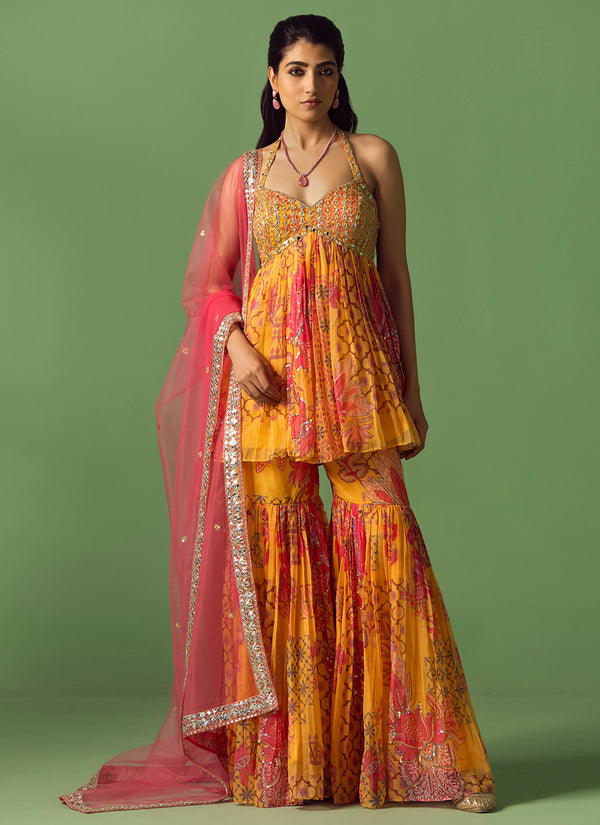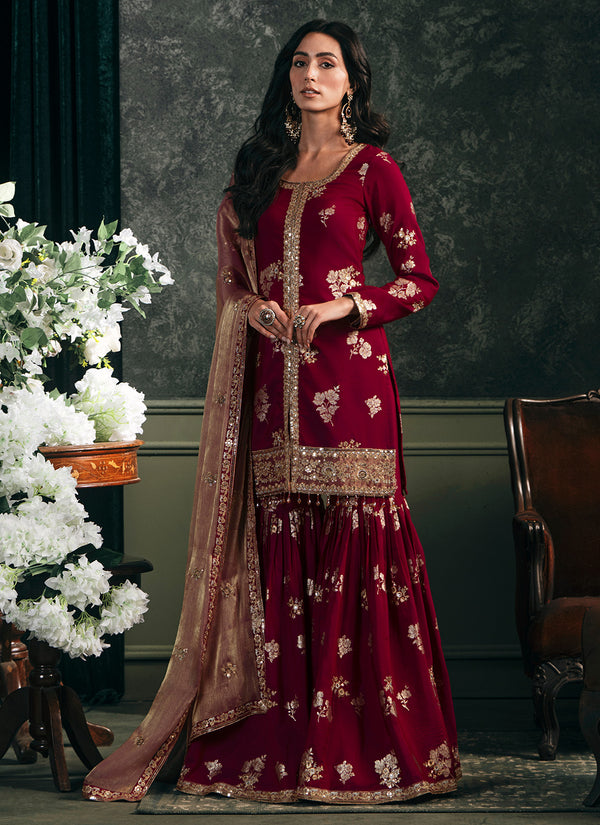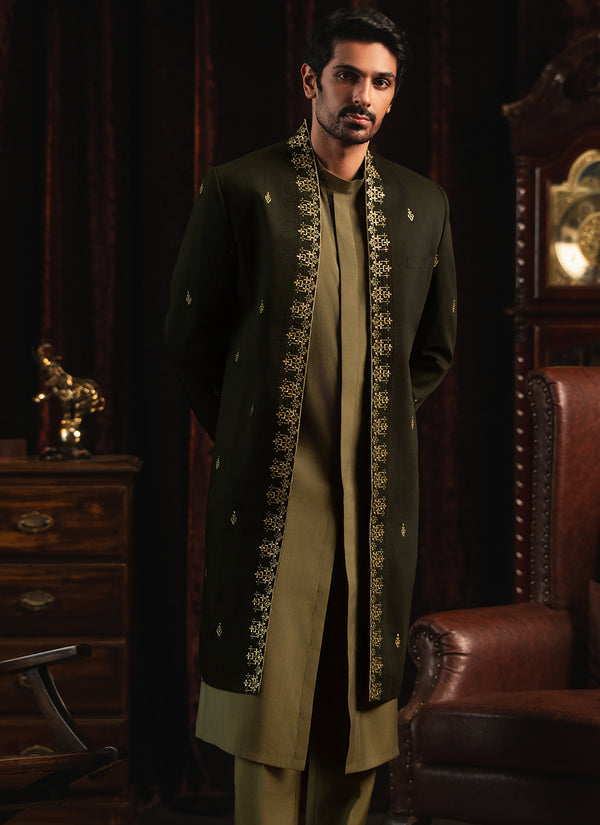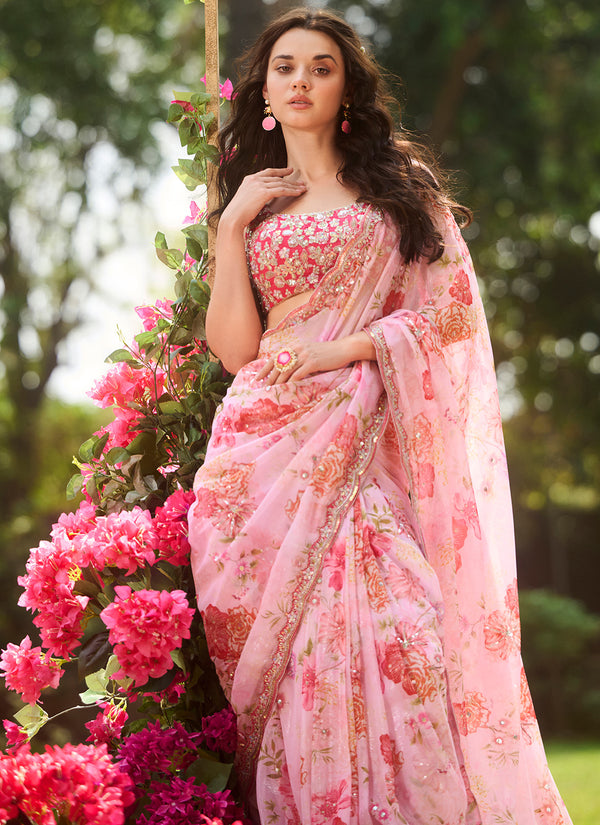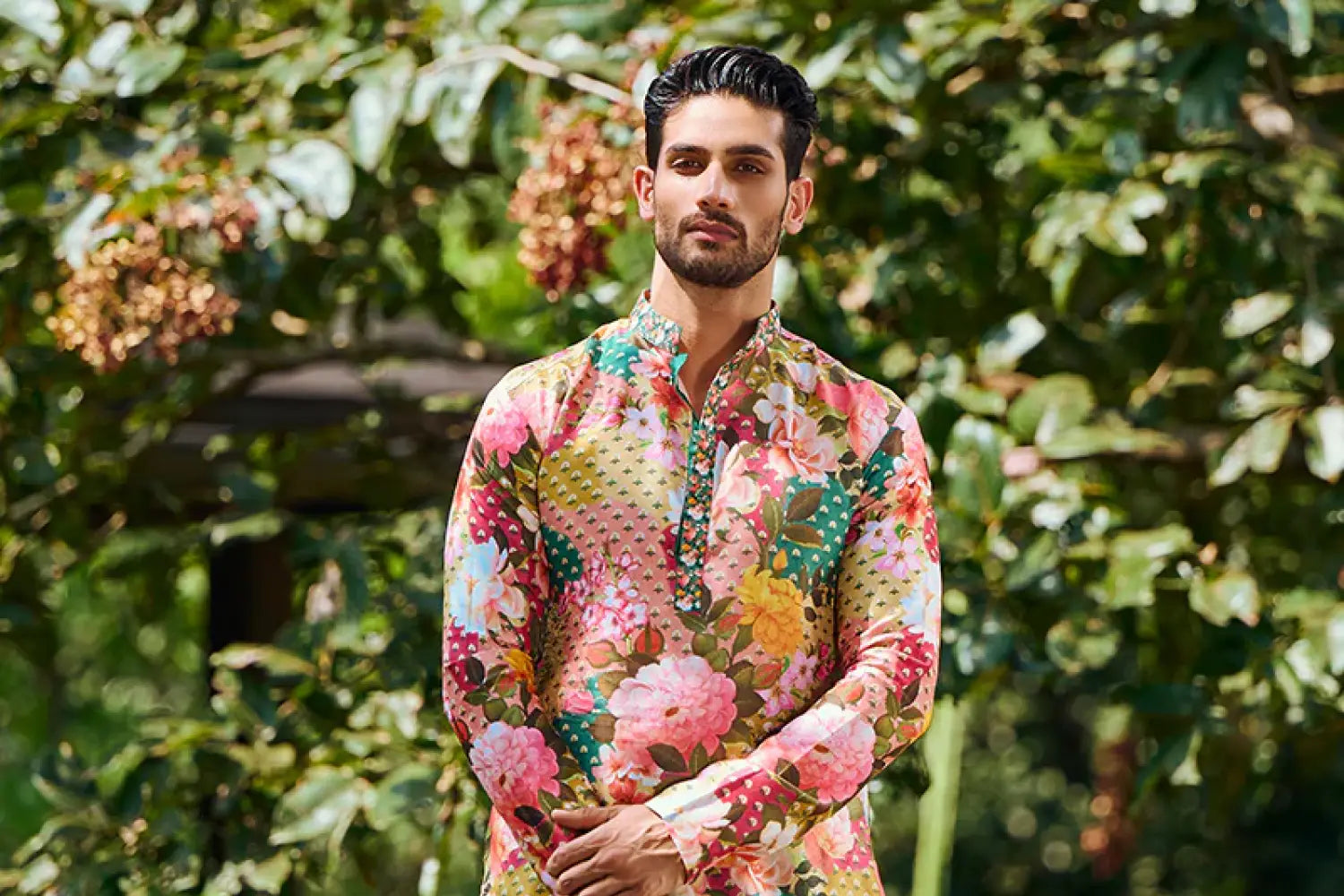
Men’s Indian Fabric: Style Guide
As the fundamental ingredient to designing clothing, fabrics play a crucial role in fashion. Various types of fabrics boast different qualities and uses in accordance with different temperatures, weathers and the wearer. For men and women, the fabrics employed to design garments may vary due to its use and the silhouette it’s taking shape of. For instance a sherwani fabric and embellishment for men will require a tough fabric as compared to a flowing chiffon saree for women. Diving deeper into the world of men’s Indian fabric, Lashkaraa proposes a style guide for fabrics for men’s Indian clothing.
An Introduction to Indian Fabrics
India is renowned for its diverse and rich textile heritage, producing a wide array of fabrics that are not only deeply embedded in the country’s cultural history but also celebrated globally. The story of textiles in India is one of the oldest in the world. The earliest surviving Indian cotton threads date to around 4000 BC and dyed fabrics from the region are documented as far back as 2500 BC. India’s textiles were so central to its identity abroad that in ancient Greece and Babylon the very name ‘India’ was shorthand for ‘cotton’.
One of the most prominent Indian fabrics is cotton. Characterized by its softness, breathability, and comfortable nature, this fabric type is widely used for everyday wear, casual clothing, and traditional garments like kurta-pajamas for men and women alike. Its varieties include Khadi (handspun and handwoven cotton), Mulmul (fine cotton muslin), and Chanderi cotton. Silk is a luxurious, smooth fabric with a natural sheen and is often associated with festive and formal wear. In fact, Chanderi is so lightweight that it makes for the ideal fabric for kurta pajamas and sherwanis for men. Similarly light weight fabrics are Georgette, Muslin and Satin perfect for breathable kurtas. For wedding and occasion wear, fabric types like Banarasi, Khadi, Brocade and Velvet are used to make waistcoats, Nehru jackets, sherwani and other traditional wear.
Seasonal Fabrics Guide
While dressing for the season, it’s important to consider the season and weather you’re dressing for. While summer and the warmer months call for light weight, breathable fabrics and relaxed silhouettes, it may be wise to wear slightly warmer fabrics for the cold months. Summer is dominated by fabrics like cotton, linen, khadi, Mulmul, Chanderi, Chiffon, Georgette, and silk blends. These fabrics are chosen for their lightweight, breathable, and absorbent nature. Breathable and cool, linen is perfect for hot and humid climates. Similarly, Khadi, a handspun and breathable fabric, is known for its texture and comfort and is used to make kurtas and Nehru jackets for summer. Mulmul, also known as muslin, is a lightweight, airy cotton fabric, while chanderi has a sheer look, making both ideal for summer evenings.
For the winter season, insulating fabrics like wool are a good idea for the colder temperatures. Garments like woolen shawls, kurta-pajamas, and jackets. For a plush and luxurious look for the winter soirées, velvet sherwanis and jackets add a sense of warmth and richness to any look. Silk is another widely used fabric suitable for mild winters. Men often wear silk kurtas for formal and semi-formal events, adding a dapper touch to all seasons. For a festive feel, brocade fabric with intricate patterns on sherwanis and kurtas makes for an effortlessly well-groomed look.
While dressing for the season is imperative, some fabrics are for all seasons. Fabrics like Rayon and Polyester blends are suitable for various climates and are ideal for ethnic wear. Further, the choice of fabric also depends on personal preferences, the occasion, and the level of formality. Traditional Indian fabrics showcase a rich tapestry of textiles catering to diverse climatic conditions.
Maintaining and Caring for Your Fabrics
Proper care and maintenance are crucial to preserving the quality and longevity of your fabrics. Different fabric types require a certain kind of care. Some general tips as fabric care guide would be:
- Read Care Labels: Follow the care instructions on the garment’s label.
- Stain Removal: Attend stains promptly. Test stain removers on a small, inconspicuous area.
- Avoid Sunlight: Direct sunlight can fade colors. Dry and store fabrics away from direct sunlight.
- Professional Cleaning: For delicate or structured garments, opt for professional cleaning.
Remember that each fabric may have specific care requirements, so always refer to the care label or manufacturer’s guidelines for best results. Satin can be tricky so be sure to follow our guide to wash Satin fabrics the right way.
Modernizing Looks with Traditional Fabrics
Modernizing looks with traditional fabrics for men involves blending classic textiles with contemporary styles. Incorporating traditional fabrics into modern men’s fashion is easy. Mixing traditional fabrics with modern elements allows for a unique and personalized style that pays homage to heritage while staying on-trend. Classics like silk kurtas can come in contemporary cuts in solid colors and subtle prints. For a modern look, one can pair it with tailored trousers or denim. We love the Soft Mint Hand Embroidered Velvet Jodhpuri Set for that modern look!
Banarasi jackets can be styled over a simple shirt and paired with jeans or chinos for a fusion look. One can experiment with contrasting colors for a vibrant appearance. Similarly, Khadi Nehru jackets can be styled in a classic yet modern look by pairing them with a crisp white shirt and slim-fit trousers. Jodhpuri pants in cotton or silk can be styled with modern shirts. Tuck in a fitted T-shirt or a casual shirt for a relaxed look. Add sneakers or loafers for a contemporary touch. Further, Bandhgala blazers in rich fabrics like velvet or silk are timeless. These can be paired with slim-fit trousers or denim for a modern twist. Experiment with contrasting pocket squares.
Modern renditions of amalgamating traditional aesthetics with contemporary style are pairing kurtas with denim, adding a Nehru jacket for a semi-formal look to Dhoti pants, and opting for brocade shoes, among other styles. A great look is the Maroon and Off White Nehru Jacket Set to match with that pair of denim pants.

